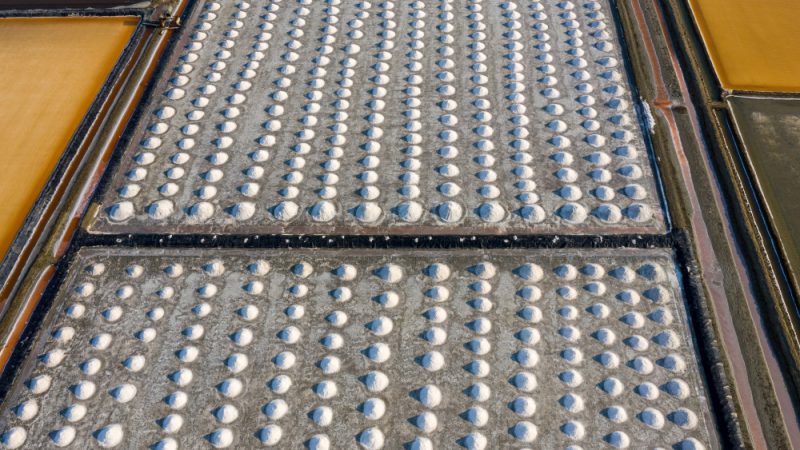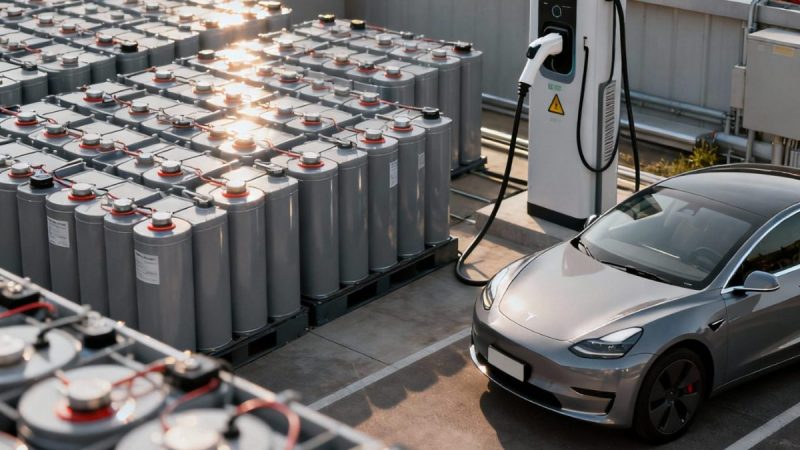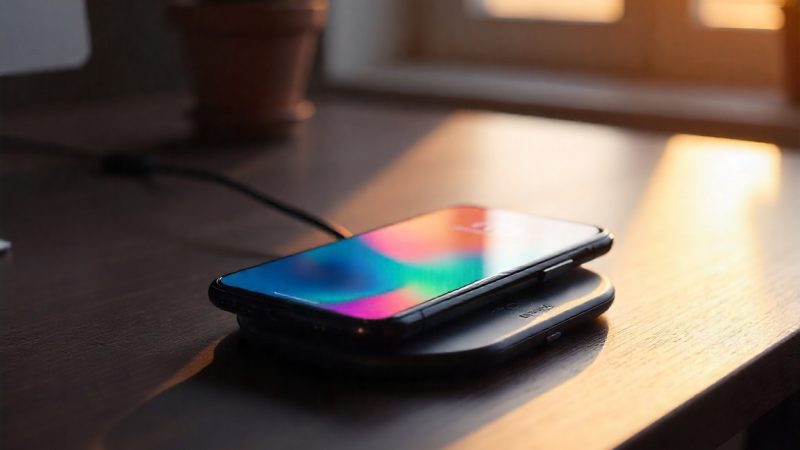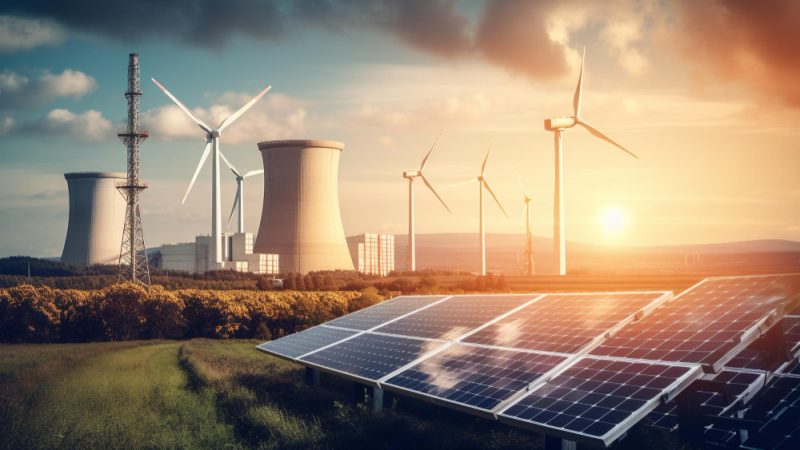What Is a Mineral Insulated Cable? A Complete Guide for Industrial Use
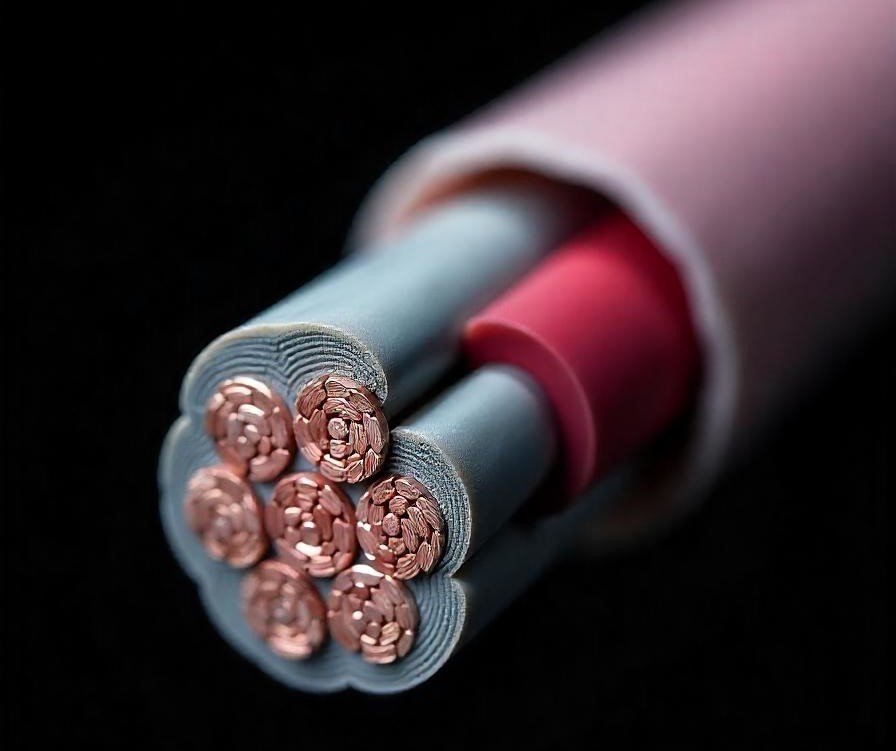
How about using conventional cables in high temperatures or harsh environmental conditions? No, not at all a good idea. They won’t handle it well; instead, they will cause failure, safety issues, and costly repairs. But what if I say there’s one that can literally keep things cool under pressure, even in high temperatures?
Yes, it is the Mineral Insulated Cable – built tough and reliable to handle the most demanding tasks. They play their role behind those popular applications, from emergency systems, industrial plants, to operation theatres, and heritage buildings, carrying out things smoothly.
In this article, you’ll learn what mineral insulated cable is, its properties, and its applications to make the maximum out of it.
What Is a Mineral Insulated Cable?
You might have heard mineral insulated cable in various names like MI cable, magnesium oxide cable, MICC cable, pyro cable, or fireproof cable. Simply, this cable is suitable for applications ranging from 300 to 600 volts; hence, all electrical appliances can benefit from this cable. But how? Simple – copper and magnesium oxide.
- Copper
- Used in the conductor and outer sheath
- It has a high melting point of 1083°C
- Magnesium Oxide (MgO)
- Used as an insulating layer
- It has a high melting point of 2800°C
- Maintained even at extremely high temperatures.
The MgO is inorganic, fireproof, and acts as an insulator, packed tightly between the conductor and outer sheath for a solid structure. As long as the temperature of the cable is below 1083°C, the copper will not melt or be damaged, but instead will function well.
Now you might know why it is a popular choice for working in high-temperature, corrosive, and high-voltage environments.
Manufacturing Process:
- Copper conductor rods are inserted into flexible copper tubes, forming the base of the cable.
- Tubes are then pressure-filled with magnesium oxide powder.
- With the swaging process, the cable length is extended while reducing the diameter to form a solid, durable cable.
The Properties of Mineral Insulated Cable
Smoke-Free and Halogen Free:
This cable is made of inorganic materials. When fire occurs, the most terrifying is the release of smoke and toxic gases, but the materials used in mineral insulated cables are non-flammable and produce no harmful gases. Surprisingly, it can work continuously for 180 minutes at 950-1000°C.
Radiation Resistance:
MI cables are made completely of inorganic materials like copper and magnesium oxide. They will be stable even under nuclear radiation. They can be used in nuclear power plants, labs, or defense facilities—they won’t degrade or lose insulation properties under radiation exposure.
Electromagnetic Shielding:
The copper sheath gives a natural shielding for electromagnetic induction effect. It guarantees stable power delivery in environments with high electrical noise, like control rooms, data centers, or factories.
Resistance to High Heat:
These cables have a long life span; unbelievably, they will perform for more than 30 years or even 60 years. This is because of the usage of inorganic materials that don’t age easily.
High current carrying capacity:
High thermal conductivity, heat dissipation, and high operating temperature limits make mineral insulated cables the best performers. They can even operate at much higher temperatures without any extra protection. This makes them more space-efficient and cost-effective.
Resistance to High Voltage:
When voltage increases beyond the optimal level, it causes breakdowns, and at a point, the insulation will start to burn. This won’t be possible with MI cables. When a breakdown happens, the MgO becomes a self-healing insulator. It melts and oxidizes, then solidifies again. This stops the damage while restoring insulation.
Resistance to Corrosion:
Mineral insulated cables are highly corrosion-resistant. How? Copper is naturally resistant to corrosion. In environments that corrode copper, a plastic outer jacket can be used for protection.
Applications of Mineral Insulated Cable
Fire Emergencies
As mentioned above, MI cables do not release smoke or toxic gases during a fire or overload.
- When there are no toxic fumes, it allows safer evacuation in fire emergencies.
- Light transmittance stays 100%, meaning visibility is maintained, especially in fire exits and rescue operations.
- Prevents corrosion of equipment or structures caused by acid gases released by conventional cables.
Fire Safety Systems
MI cables are used in fire safety systems because they can withstand fire and allow operations to continue even during emergencies.
- Fire alarm systems – ensure transmitting signals from detectors and alarms when exposed to fire
- Emergency lighting systems – Enable safe evacuation, allowing lights to stay on in escape routes.
Best used in: Hospitals, Airports, High-rise buildings, Tunnels, and Nuclear facilities.
Chemically Active or Wet Environments
MI cable is suitable for applications in moisture or chemically corrosive environments.
Best in,
- Chemical processing plants
- Underground Systems
- Outdoor lighting
- Shipbuilding
Conclusion
Mineral insulated cable has seen a successful progression of being used in demanding environments. It has gained prominence in protecting the lives of people and providing safety at critical times.
You need to make wise choices with these MI cables that can be trusted in critical, demanding situations. One of the best wire and cable manufacturers, Zable Cable, offers high-quality mineral insulated cables made for the long term. So, making sure of uninterrupted performance with the right choice is in your hand.

